Malun, the Winter City
Hey! No fair! I wanted to get the purple house this time! Why are we always stuck in the blue house!? — Complaints of one of Malun-Chaujun's youngest citizens
Malun-Chaujun is a city established upon the floodplains of the river
Honnun and the surrounding foothills, in the country of
Hansun. It's a city of dualities, spread into two equal sized townships. As the river at the heart of the city waxes and wanes throughout the course of the year, the citizens who call its embankment home respond by packing up and moving. Every late spring, when the Honnun floods, the people pack up and move into the surrounding highlands in a city called Chaujun; in the late fall, when the temperature drops and the waters recede, they once again pack up, and move back down into the valley into the Winter City named Malun.
The First City
In the chaos that was the time after
The Seven Day War, communities needed to band together and search for new places to live, as a large majority of preexisting settlements had been destroyed. For the Chau, that search never ended, instead becoming a tradition of travel, migration, and flow. Like most of the people still living on the continent of
Vir Tenera, they worshipped
Miyu -- or rather, what was left of her after the God's civil war. In Miyu's new state, she stood in one place, swaying side to side in ethereal winds. The Chau emulated that swaying with their migrations, letting the winds of fate decide their position, swaying from place to place just as their God did.
Over the thousands of years after the war, the Chau travelled much of northern Vir Tenera, in what is now known as
Hansun. Eventually they began to retread familiar ground, finding evidence of their ancestors having traveled through the same area. This cyclic nature became as important to them as the migration itself, and soon certain key locations started to see more permanent activity.
As the cycles grew shorter, the Chau found themselves settling near the River Honnun more often. At the change of easons, they found nutritious, edible plants had grown whenever the Honnun's water receded. They named this plant
Floodcrop , and thus it and the Honnun's floodplains became an important part of their culture. As they grew more advanced, they started to build with stone -- years went by, and each year the Chau came back to the Honnun's floodplains, they saw more of their structures had survived the flood.
The buildings of Malun are made from the highest quality stone. Their thick walls keep us warm and sheltered during the harsh winter, and we can pack the cracks full of wool to keep the heat in. — Wisdom from the Elders
A Flood of Benefits
Floodcrop provides nearly 70% of Malun-Chaujun's food for the winter. When the flood waters recede, it's thick stalks are found clinging to nearly every stone building in thick sheets, and also blankets the ground between them. On the day of harvest, when the city moves from their summer residence to the winter one, the entire town joins in harvesting the Floodcrop. The stalks, leaves, and husks from the plant are discarded onto the ground, which will in turn grow into new plants during the next flood season, while the edible part is taken indoors, dried, and stored. During the winter, the other 30% of their food comes from fishing upon the frozen Hannun.
Protection
The nature of building structures to withstand yearly high floodwaters means the buildings work well for protection against multiple elements.
Winter
With stone walls roughly 1 foot thick, the winter houses of Malun have a great insulating quality that helps to keep the heat inside during the cold winters of northern Hansun. The houses generally have few, small windows, to limit the amount of areas heat can escape. To produce that heat, each building has a central wood-fired stove that is used for both cooking and heating. The heat and smoke from the fire can either be directed towards a cooking surface, or diverted under the stone floor, heating the building from below.
Predators
The thick stone walls protect against more than just heat. Similar to the Chau, predators have roamed northern Hansun in migratory patterns for thousands of years. During the winter, when the highlands get too cold, and prey becomes sparse, large predator mammals move down into the lowlands, hunting whatever they can. Monstrous
Rendling versions of some of these predators have been seen prowling the winter lowlands as well, providing yet another reason to stay safe within a resilient stone home.
Malun, Frozen over
Not long ago, Malun experienced a winter season unlike one they had felt before; whether it was caused by errant magics in the air, or caused by some corrupt effect from a
God-husk is unknown. Preceding the winter was a harvest season with meager returns, which was then followed by a period of intense snowfall -- snow fell uninterrupted for 6 days and 6 nights, entirely enveloping the city. Citizens were trapped inside their stone houses by the weight of the snow and ice, with dwindling food supplies. When the snow finally melted enough that some could escape, nearly 10% of the population had died.

by Stormbril
The City Expands
The most fertile ground is found directly alongside the river Honnun, and thus there is where the majority of the stone houses are built. As the cities population grows, more houses must be constructed, and the city slowly grows along the length of the river. They are running out of floodplain, however -- without it, no floodcrops grow, and those who's house provides no floodcrop for the winter may find themselves going hungry.
If we cannot fit any more houses onto the floodplain, then I say we create more floodplain! Tear down the embankments, rip up the riverbed, and force it to provide for those of us who live along it! — Controversial opinion heard during a Council meeting
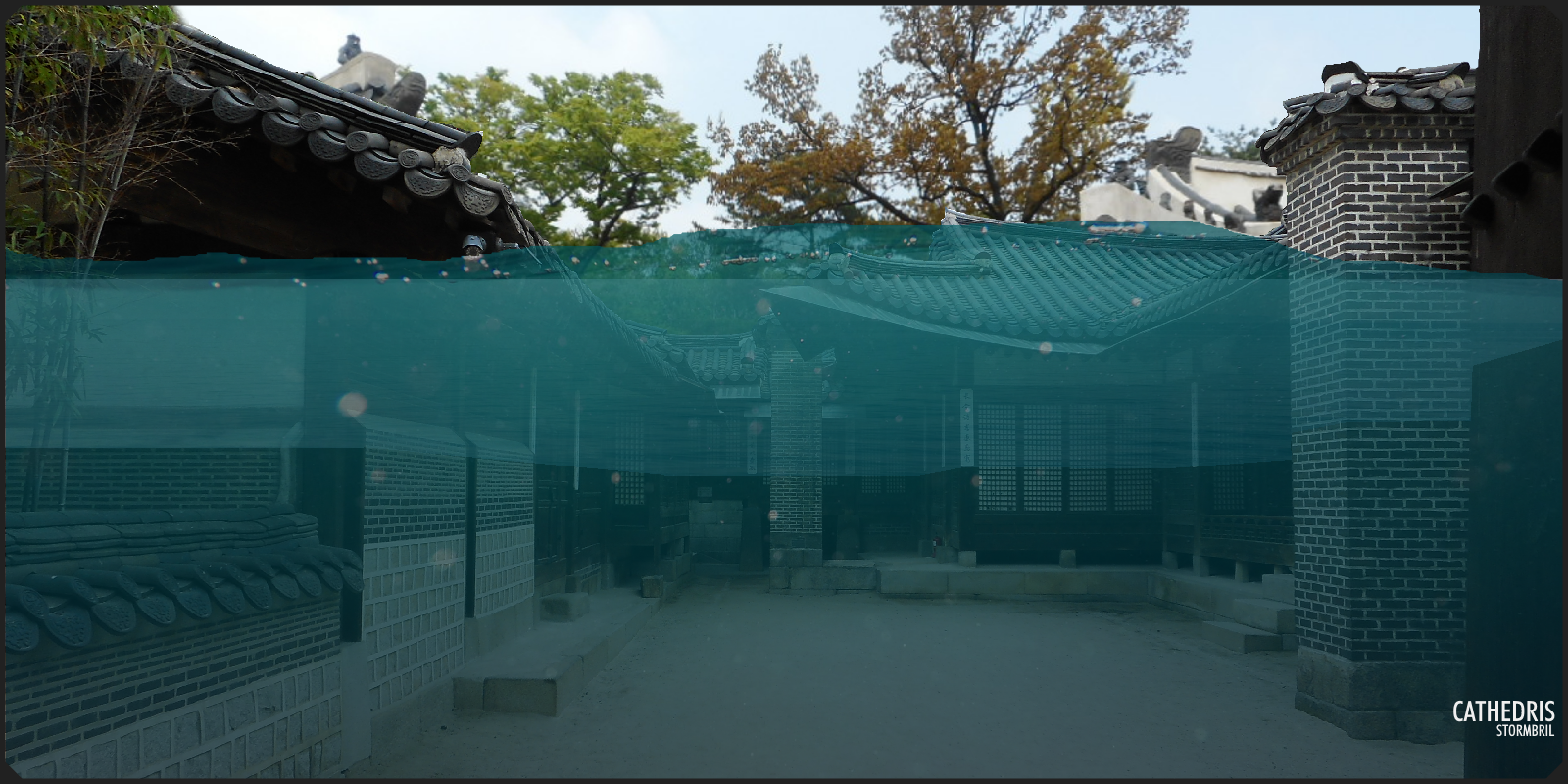
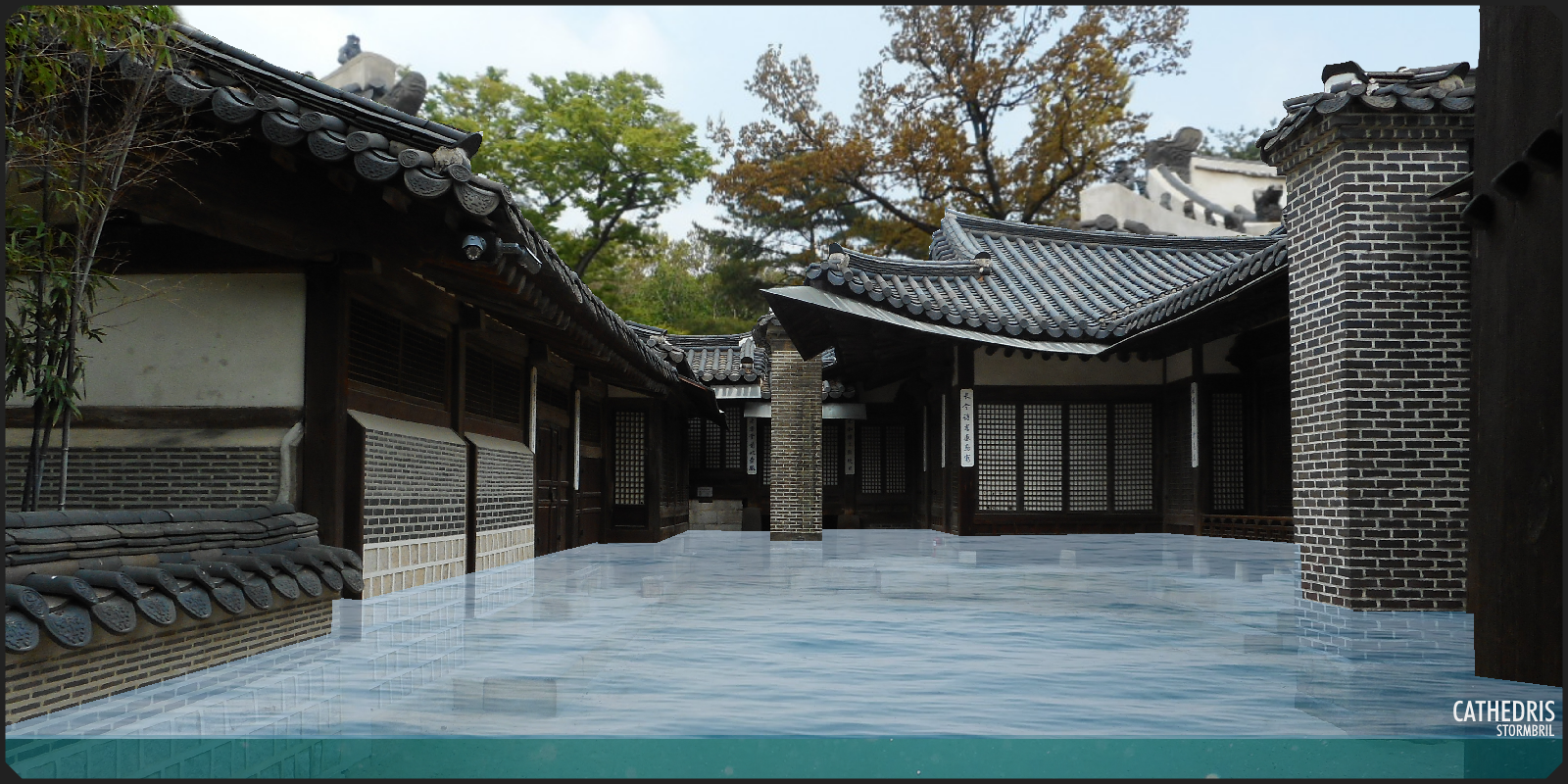









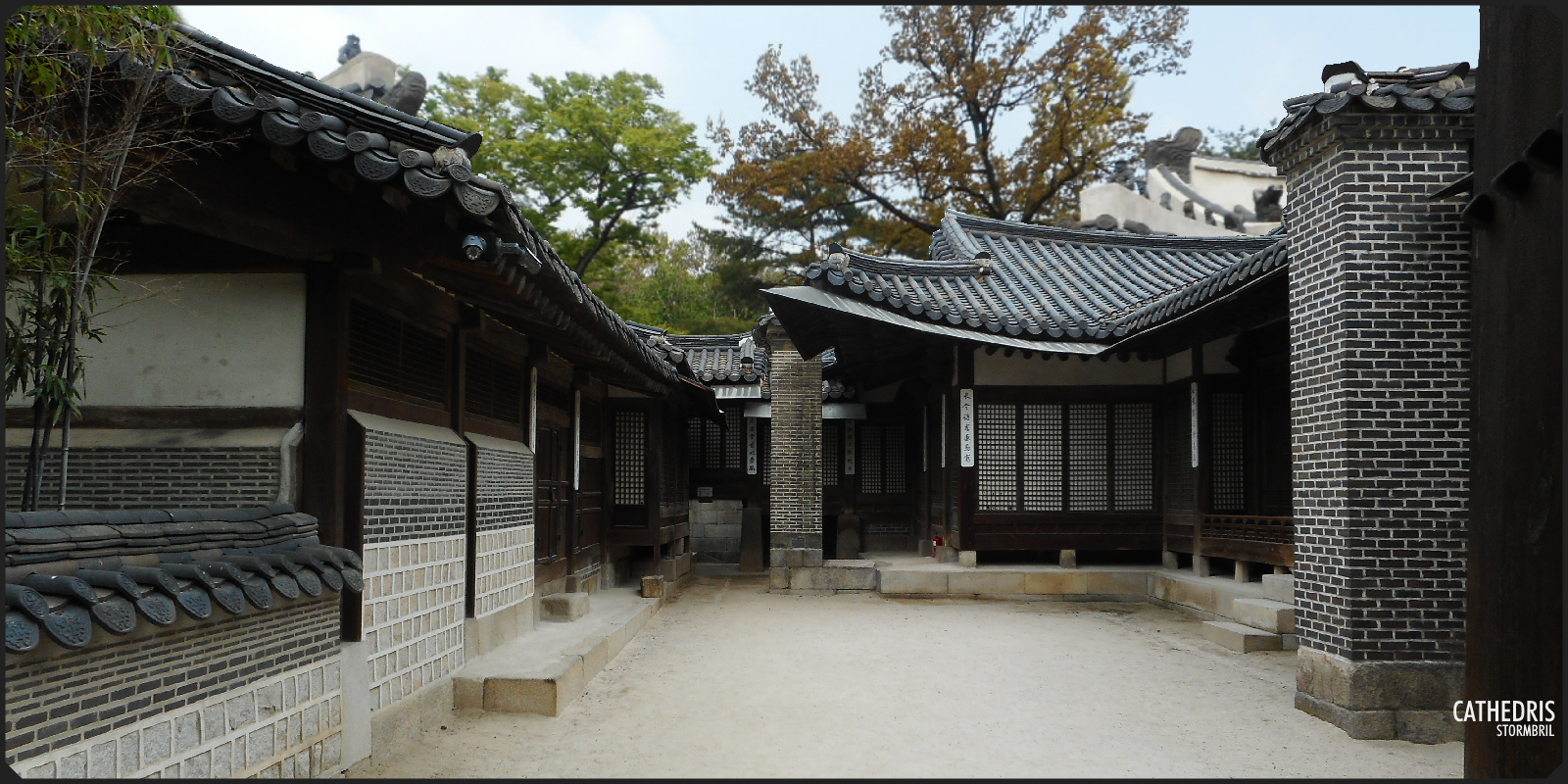



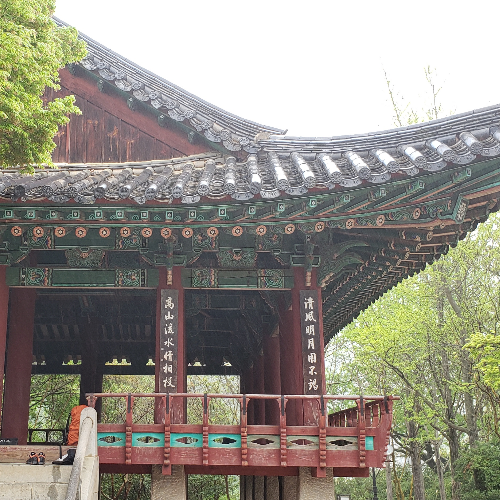

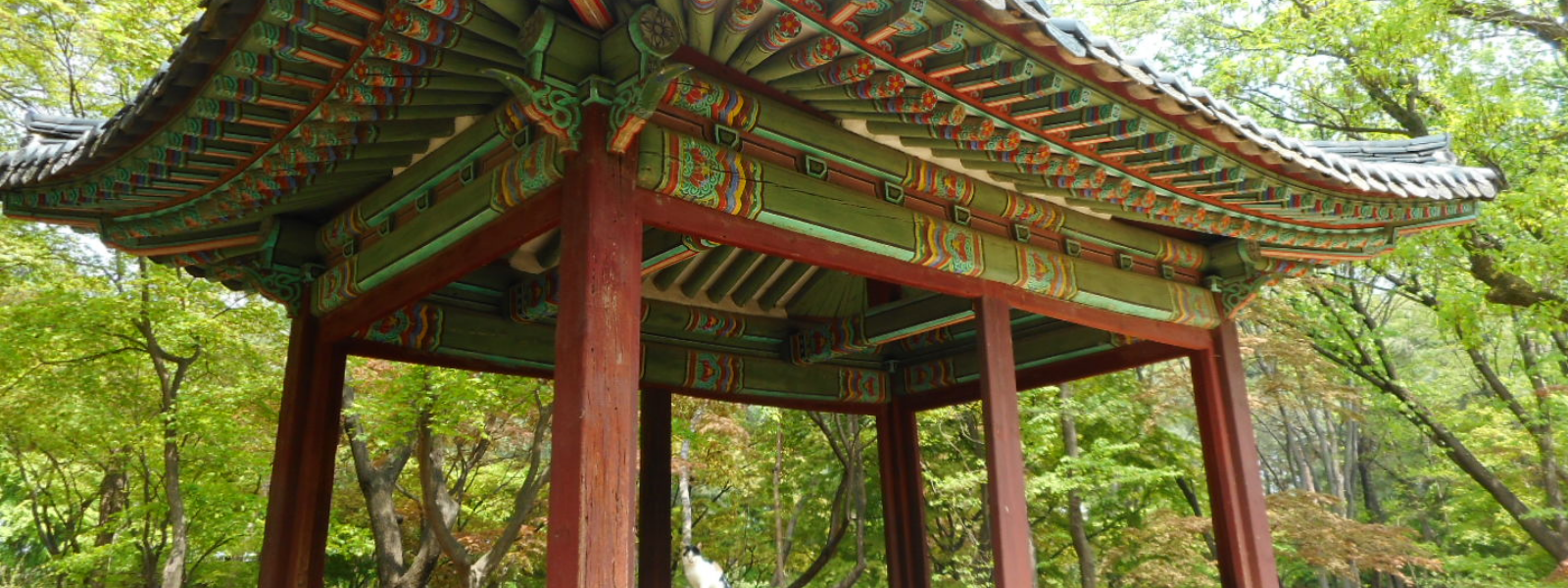








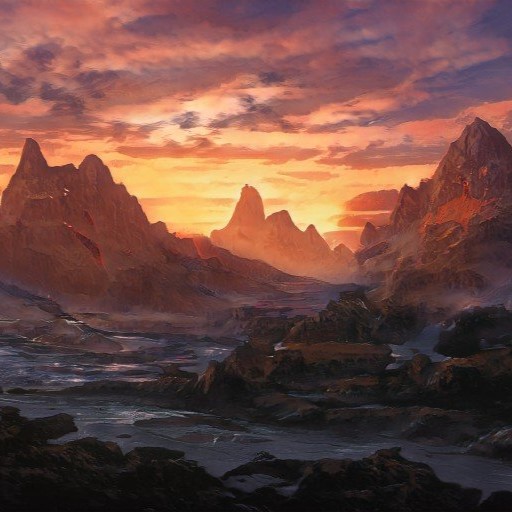



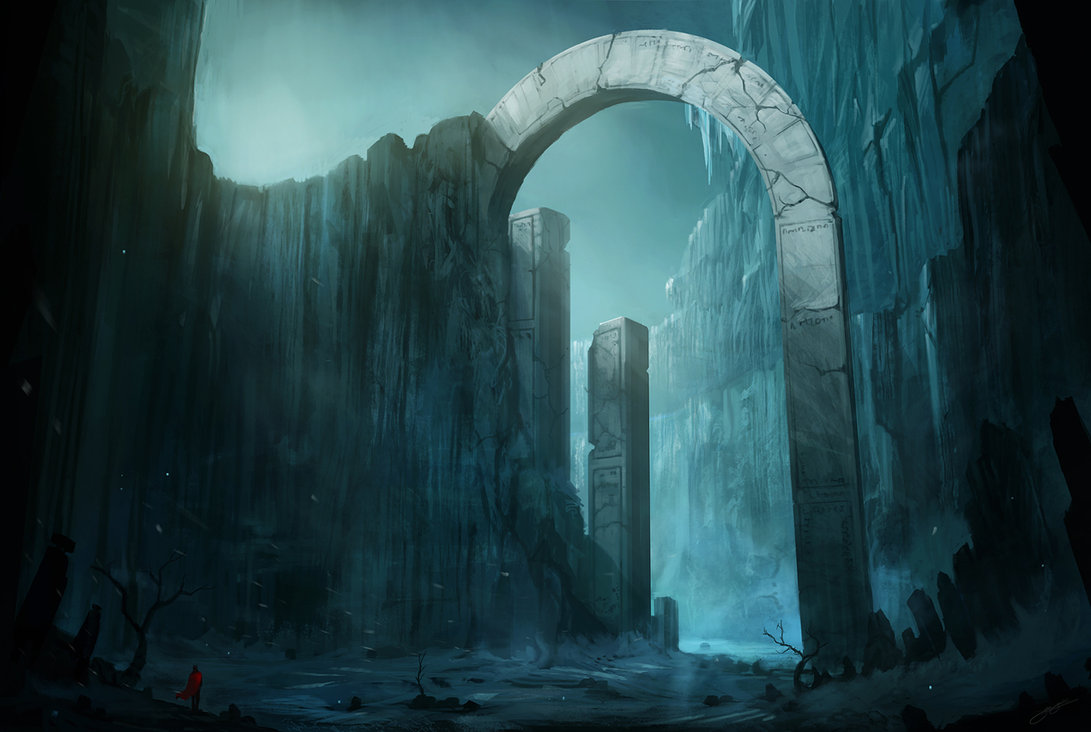


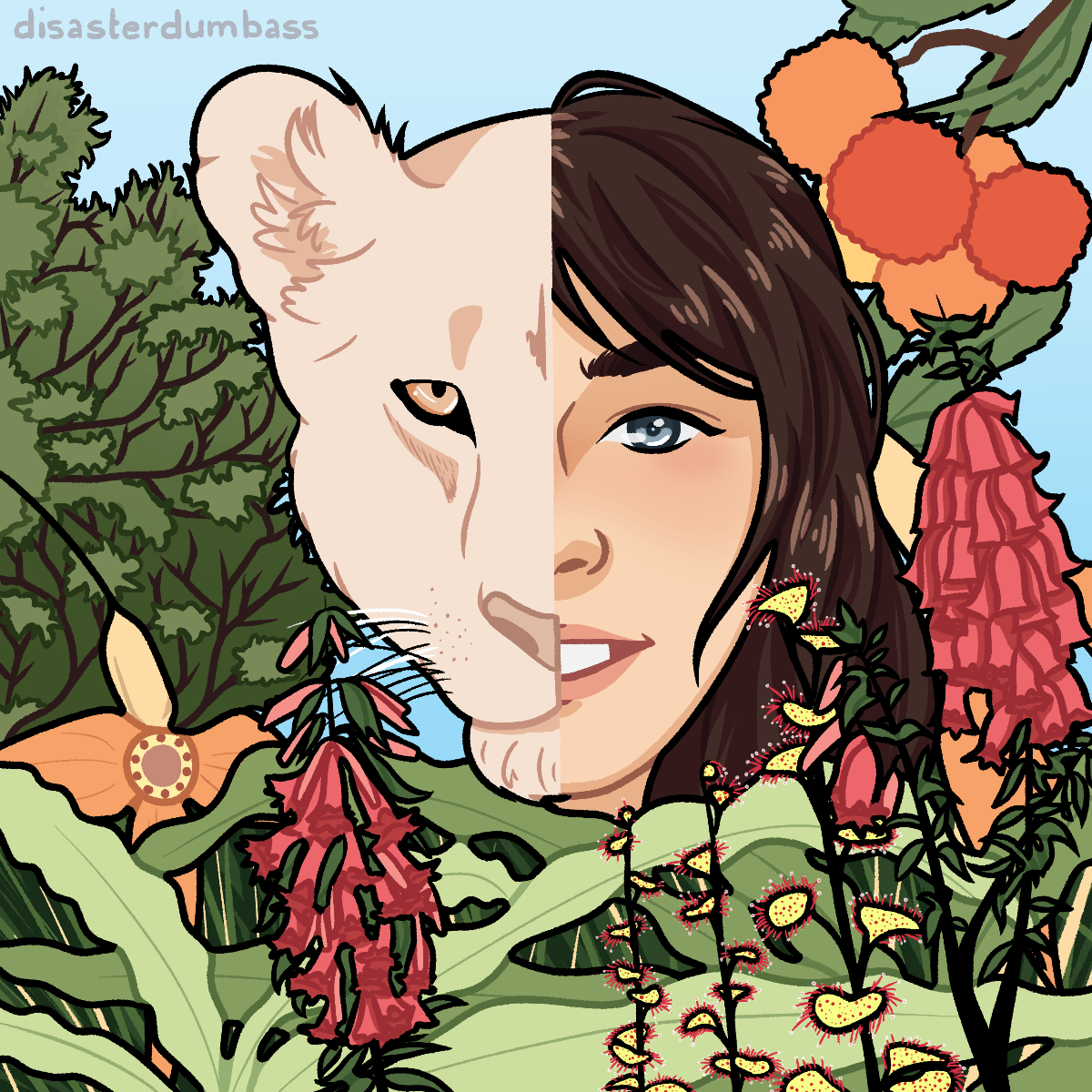

that page flood is SO COOL
Thank you! ngl, it might've been the main reason I mustered the energy to write this thing :D